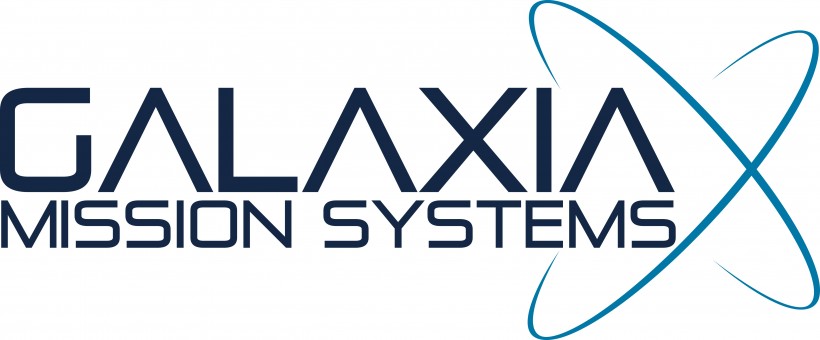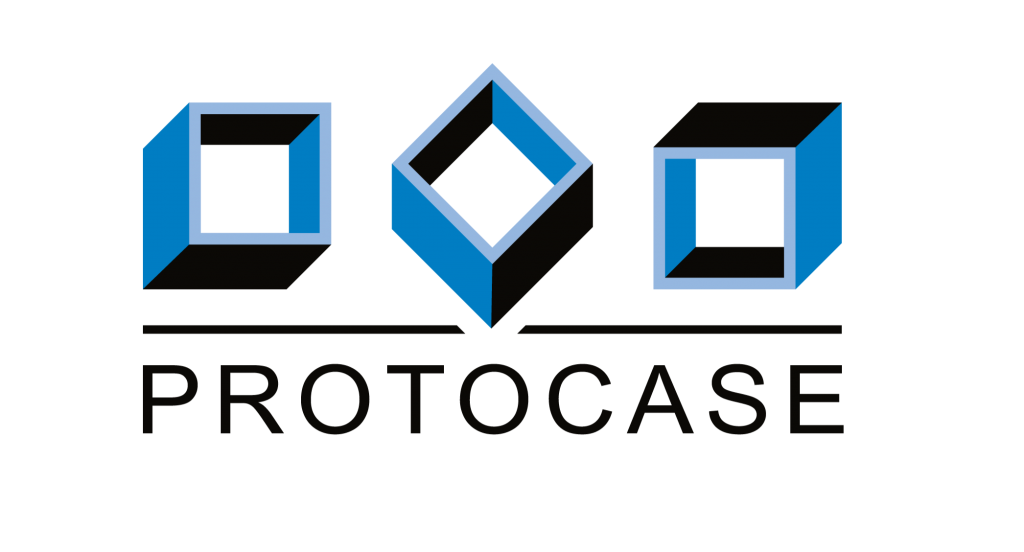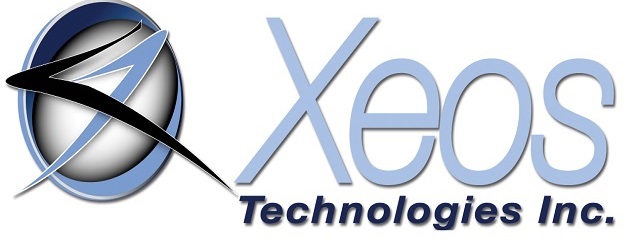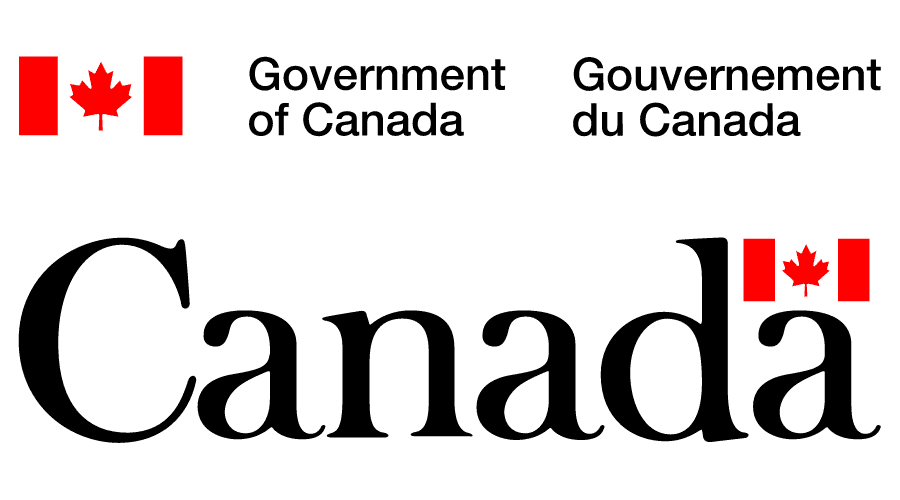LORIS Mission – SpaceX CRS 26 (2018 – 23)
After more than four years of work, LORIS made by students with the Dalhousie Space Systems Lab has been launched into orbit.
LORIS, which stands for low-orbit reconnaissance imagery satellite, was deployed by Nanoracks from the International Space Agency (ISS)
It was one of dozens of satellites that were part of the Canadian CubeSat Project and the first made in Atlantic Canada.
Funding
In May of 2018, the Dalhousie Space System Lab (DSS) was awarded $200,000 by the Canadian Space Agency (CSA) to design and build a CubeSat to pursue space related research topics. The name of the CubeSat is LORIS. It has multi-spectral imagery and high frequency up-link / down-link capabilities.
Upon completion in 2021, LORIS will be launched into orbit from the International Space Station.
What is a CubeSat
What is LORIS?
The Dalhousie Space Systems Lab’s main project is designing and building a CubeSat called LORIS, which stands for Low Orbit Reconnaissance Imagery Satellite. The DSS’s goal is for the LORIS to be the first CubeSat from Atlantic Canada to be launched by the Canadian Space Agency.
LORIS is in fact two CubeSats put together in one frame. While in space, LORIS will use specialized cameras to develop a fully detailed view of the Nova Scotia peninsula and surrounding waters. The results will be used to study and monitor shorelines and ocean life activity. LORIS is scheduled to be launched by 2021 from the International Space Station.
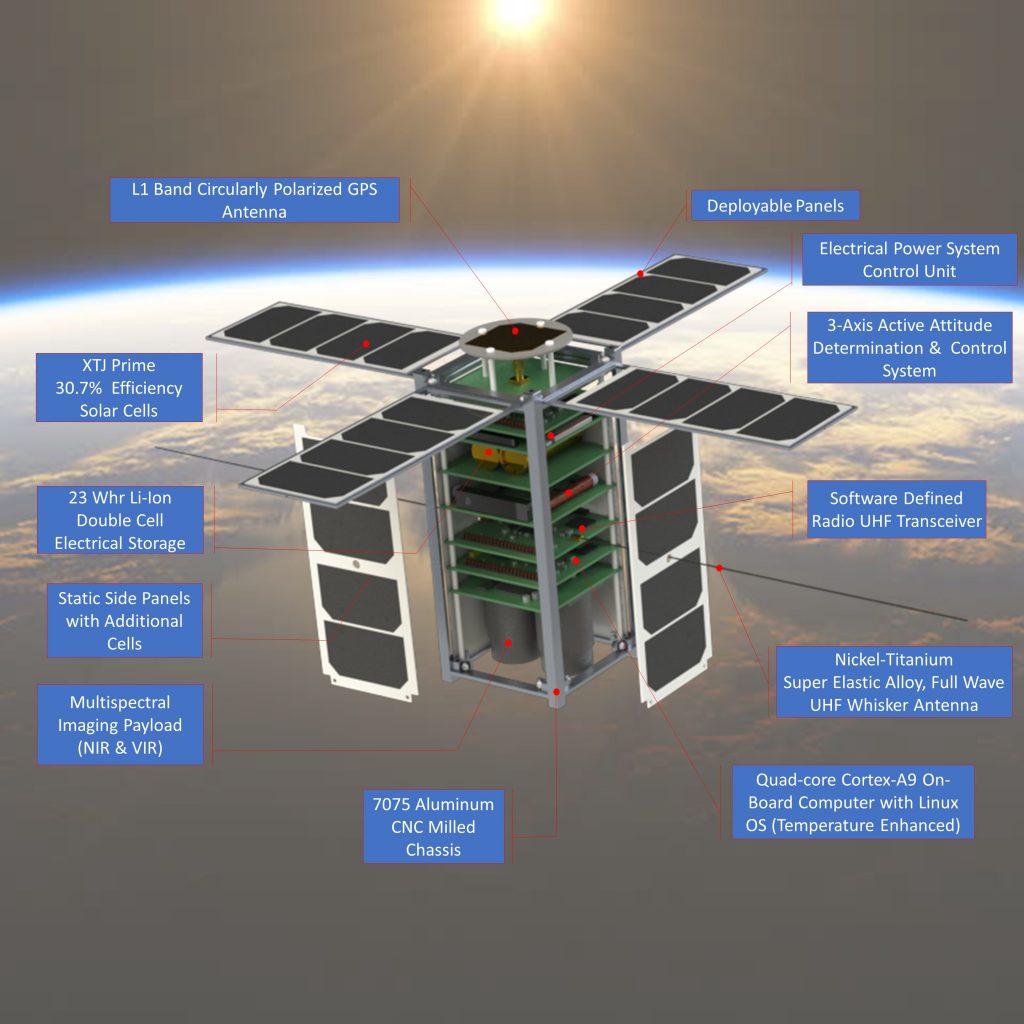
LORIS Mission Objectives
LORIS mission is not just a multidisciplinary project. LORIS was formed to foster education and create a platform for engineers, scientists and all interested students and researchers to work together, and build something that was not attempted before in our province. LORIS has two objectives
Primary:
1. Educating students in space systems engineering and satellite design.
2. Technological demonstration of various satellite subsystems.
3. Establish and grow a radio amateur club at Dalhousie University that will be responsible for ground station operation as well.
4. Broadcasting the satellite telemetry on a fixed interval providing an opportunity for amateur operators to interact with the satellite worldwide.
Secondary:
1. Successfully operate the payload and return images of NS to the ground station.
2. Provide the opportunity for amateur radio operators to make radio contact with the satellite.
3. Use the ground station at Dalhousie University to engage and introduce students to an amateur radio club.
4. To collaborate with Halifax ARC (VE1MR) to train and certify radio operators annually.
5. Provide direct ground station access to Halifax ARC members to interact with the satellite.
If you are a member of Radio Armature Canada (RAC) club or interested in armature radio operation, please reach out to us. We have a large number of RAC members helping us with the project, and we are constantly looking to expand our team of support.
Project Team
LORIS has reached more than 100 members supporting the project from every aspect. Our members work passionately and tirelessly to ensure LORIS will catch its flight to LEO in 2022 on-time. To see the list of people who made LORIS a reality check the Mission Team page
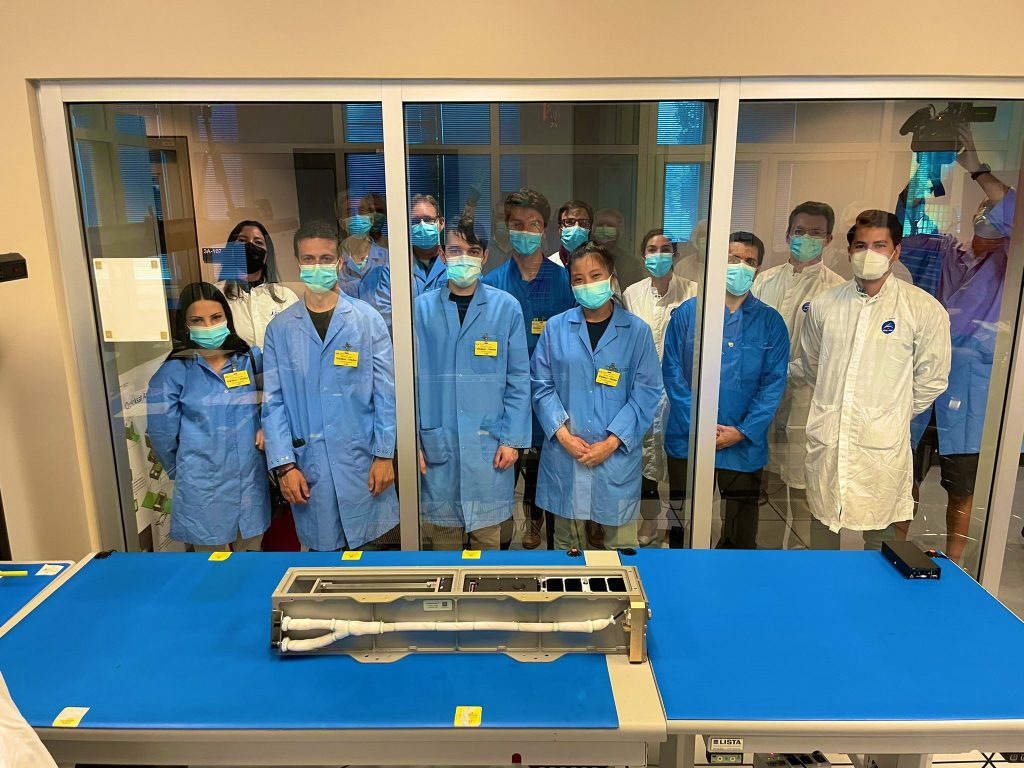
Technical Specifications
LORIS is a 2U CubeSat class satellite. For detail chassis drawing, please refer to the Chassis Engineering Drawing document. The file could be accessed using the link below
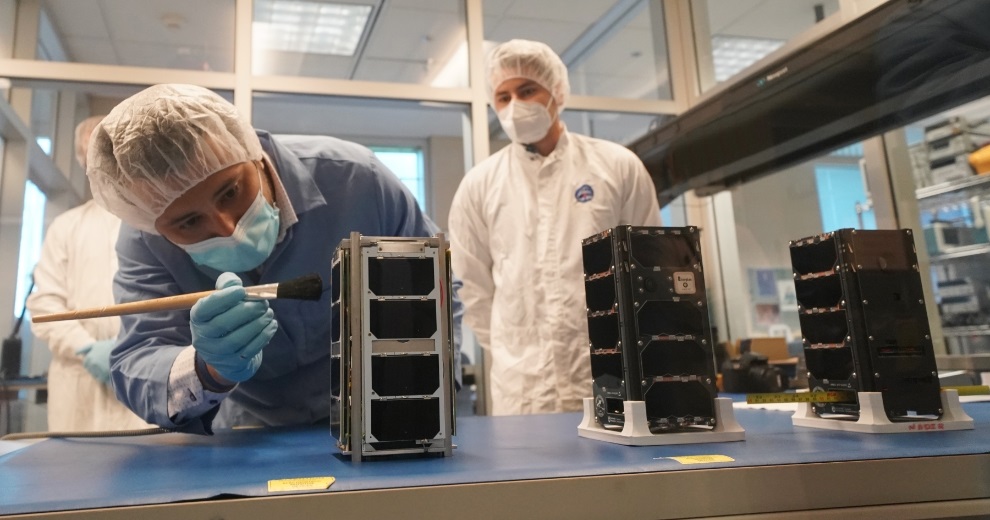
Public Mission Documents
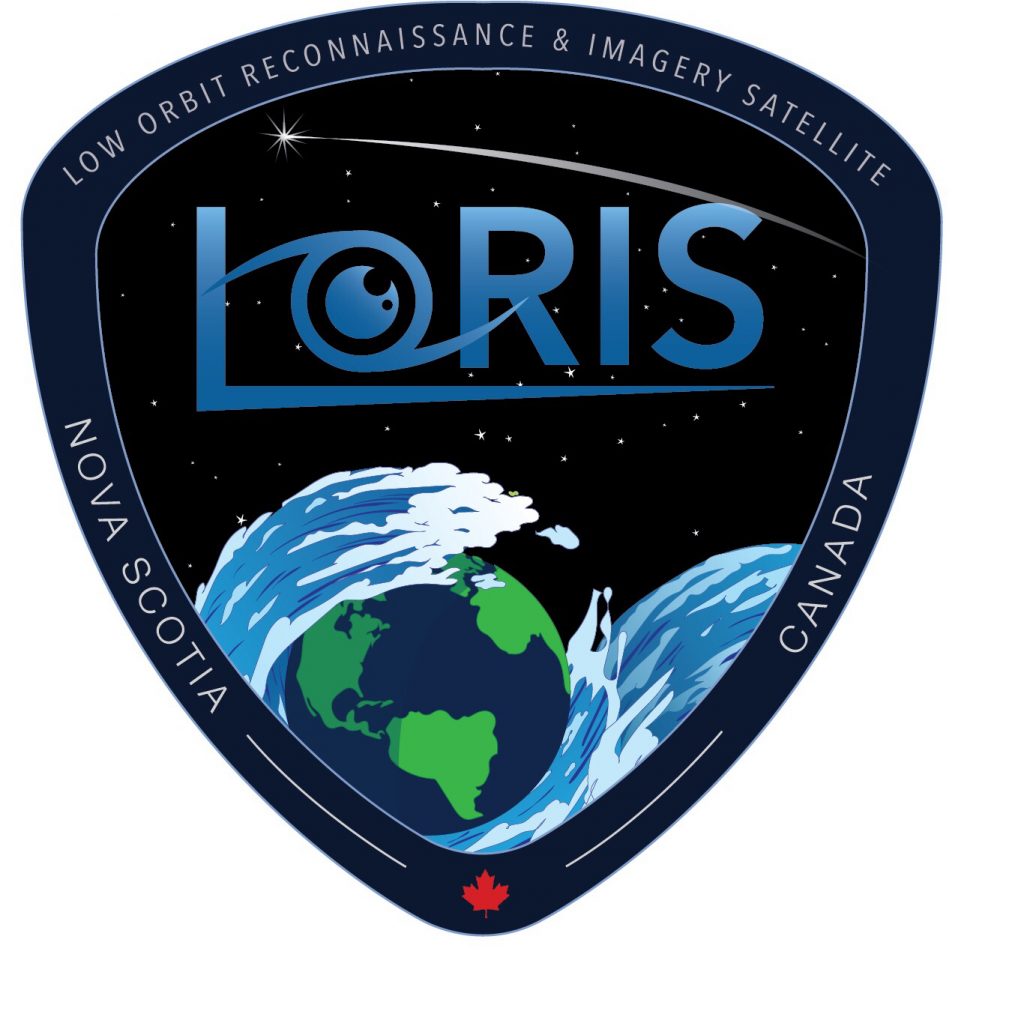
Mission Req Doc (MRD) / System Req. Doc (SRD)
Please contact us for a copy of the MRD or SRD
Mission Radio Link-Budget Document (RLB)
Amateur Radio Operators Guide
LORIS’s mandate is to support and expand the global network of Amateur Radio Operators. LORIS is using a 430 MHz UHF band to uplink and downlink information. Although uplinking to the satellite is restricted to the Dalhousie Space System Lab, Satellite Operators, the downlink is globally available.
LORIS will orbit the Earth approximately 16 times per day, covering a large percentage of the globe. This section will continually update to provide the most relevant information, including center frequency, modulation scheme, call signs and other relevant information. Radio operators globally can interact with LORIS by downlinking its telemetry on 5 min intervals
Please consult the RLB in the above section for the most up-to-date Radio Link details.
GND Station Call Sign: VA1DSS
Center Freq: TBD
Bandwidth: TBD
Modulation: GMSK
Downlink Encryption: N/A
Integration
LORIS was integrated into Nanoracks deployer on July of 2022 at the CSA’s headquarters, located at the John H.Chapman Space Centre in Longueuil, Quebec, and was shipped to Houston, TX.
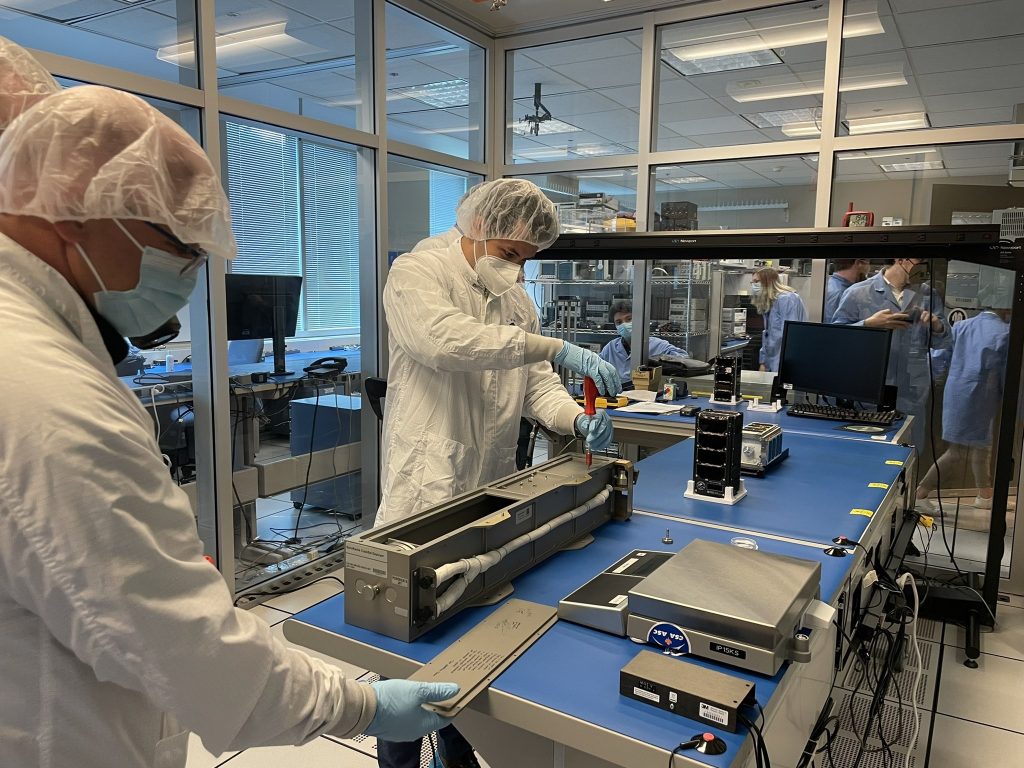

Launch
LORIS was launched aboard CRS-26 from Kennedy Space Center to the ISS on Nov. 26, 2022, then deployed to low earth orbit on Dec. 29, 2022
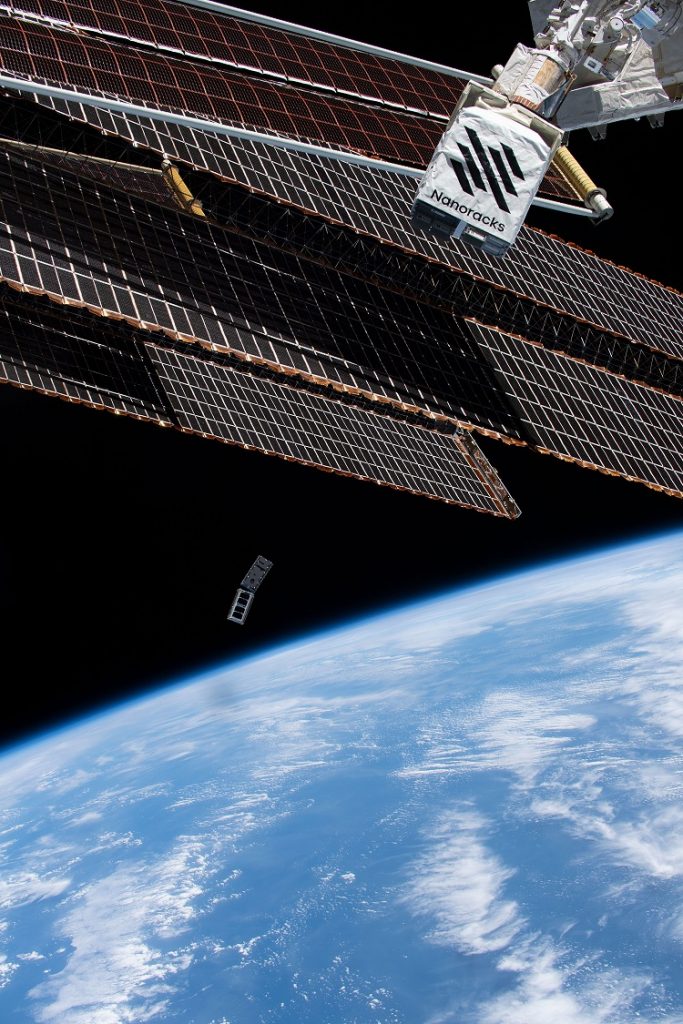
LEOP
As of April 2023, LORIS has been orbiting. As expected, the solar wings have induced significant drag on the trajectory, resulting in rapid descend of the spacecraft. It is expected that LORIS will de-orbit by Summer of 2023.
NORAD ID: 55125
Int’l Code: 1998-067US
Launch date: December, 2022
Source: Canada (CA)
Launch site: TYURATAM MISSILE AND SPACE COMPLEX (TTMTR) Uplink (MHz): 437.165 (Encrypted/Secured)
Downlink (MHz): 437.165 (Open/Unsecured)
Beacon (MHz): N/A
Mode: 9k6 GMSK
Current Status: For UpToDate TLE and Decay information visit N2YO link
Sponsors
Special thanks to our local sponsors
This project was made possible by the financial contribution of the Canadian Government and the Canadian Space Agency (CSA) Canadian CubeSat Project (CCP)
